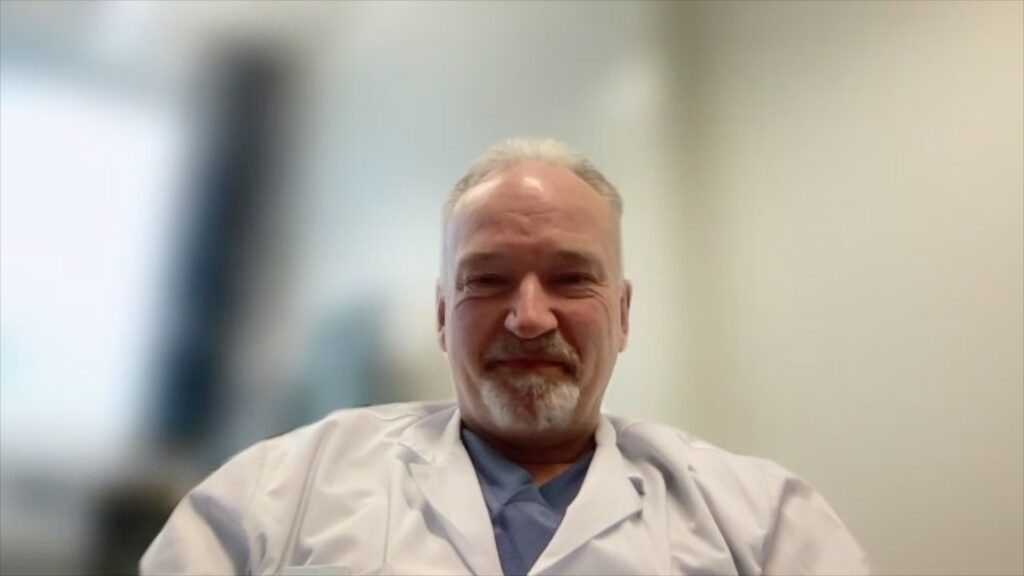 The World Cornea Congress IX took place from March 20–22, 2025, in Washington, D.C., bringing together over 1,200 ophthalmologists from across the globe. Held every five years, this landmark event showcases the latest advancements in clinical care and research in corneal disease and surgery. The 2025 program featured a dynamic mix of symposia, scientific papers, posters, educational courses, exhibits, and networking opportunities, with a strong focus on innovations in corneal transplantation.
The World Cornea Congress IX took place from March 20–22, 2025, in Washington, D.C., bringing together over 1,200 ophthalmologists from across the globe. Held every five years, this landmark event showcases the latest advancements in clinical care and research in corneal disease and surgery. The 2025 program featured a dynamic mix of symposia, scientific papers, posters, educational courses, exhibits, and networking opportunities, with a strong focus on innovations in corneal transplantation.
Among the expert faculty was Prof. M Vanathi, MD, Professor of Ophthalmology – Cornea & Ocular Surface, Cataract & Refractive Services at the Dr R P Centre, All India Institute of Medical Sciences, New Delhi. In this Q&A, Prof. Vanathi discusses the current role of therapeutic keratoplasty in managing severe corneal infections, key considerations for surgical planning, and the future of care in this high-risk, vision-saving procedure.
1. What are the key indications for therapeutic keratoplasty, and how do they differ from optical or tectonic keratoplasty?
Infective keratitis due to bacteria, fungi or other micro-organisms that are not responding to treatment with medical therapy or worsening despite medical management remains the key indication for therapeutic keratoplasty. Keratoplasty is required as a therapeutic intervention in these cases. Optical keratoplasty is performed for optical purpose of providing vision and tectonic keratoplasty is performed for improving the tectonic strength of cornea with thinning.
2. How do you determine the most appropriate surgical technique (e.g., penetrating vs. lamellar) when performing therapeutic keratoplasty?
The factor determining the appropriate surgical technique of therapeutic keratoplasty, ie either full thickness corneal grafting or lamellar corneal grafting depends on the depth of the corneal tissue that has been affected by the infection process.
3. What are the current best practices for managing infections or inflammation prior to and after therapeutic keratoplasty to ensure graft survival?
Timely diagnostic procedures to determine the causative micro-organisms, early intervention with appropriate and optimal antimicrobial therapy are effective mechanisms to decrease morbidity in cases of corneal infections. Continuation of appropriate antimicrobial therapy, close monitoring with anterior segment imaging and follow-up after the surgery are imperative to ensure complete healing and watch for other concerns inorder to decrease morbidity and obtain a successful outcome.
4. How do donor tissue quality and availability impact the outcomes of therapeutic keratoplasty, particularly in urgent or high-risk cases?
Good optical quality of donor corneal tissue will ensure restoration of vision besides debulking and containing the infection. This will also serve as an optical rehabilitating procedure in these eyes with infection.
5. What are the latest innovations or future directions in therapeutic keratoplasty that could improve patient outcomes or reduce complications?
Rapid molecular diagnostic procedures to ensure better and accurate diagnostic recognition of the etiological micro-organisms, advances in surgical techniques, adopting adjuvant procedures for very virulent infections, integration of artificial intelligence in keratitis management and postoperative care are promising futuristic directions in therapeutic keratoplasty.
Interested in learning more about the World Cornea Congress IX? Take a look at the full programme here.
Support: No fees or funding were associated with the publication of this short article.
Cite: Vanathi M. Clinical pearls from WCC IX: Strategies in therapeutic keratoplasty. touchOPHTHALMOLOGY. March 28th, 2025.
Register now to receive the touchOPHTHALMOLOGY newsletter!
Don’t miss out on hearing about our latest peer reviewed articles, expert opinions, conference news, podcasts and more.













